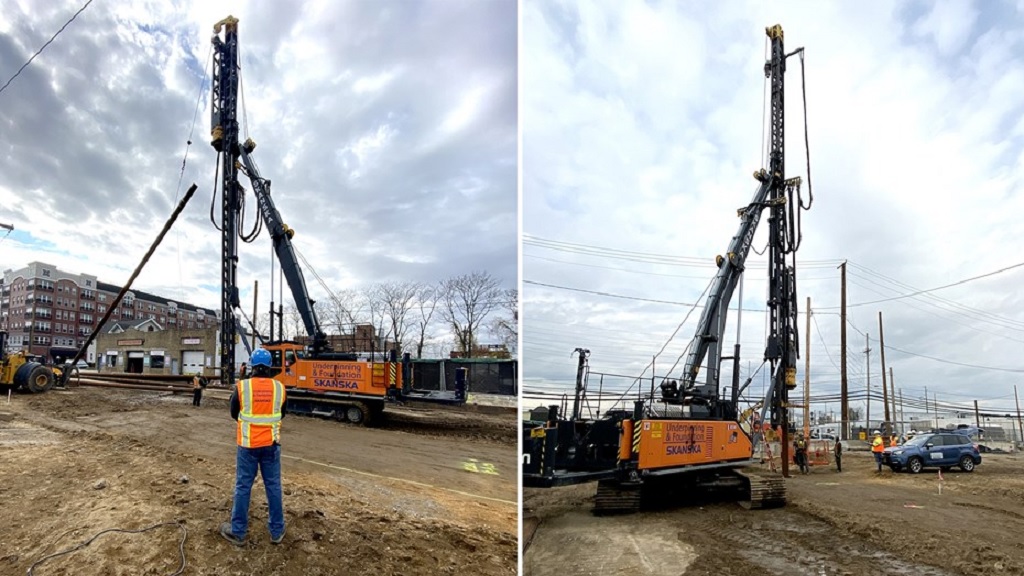The underpinning is a crucial yet complex actor in urban development and structural rehabilitation. This method of strengthening or stabilizing building foundations might affect the structure and nearby buildings. Rectify Underpinning can have a minor to significant ripple effect on adjoining structures, causing concerns about integrity, safety, and property value. Construction experts, property owners, and community stakeholders must understand and resolve these implications.

Underpinning can cause soil movement, which affects surrounding structures. Because underpinning includes excavating and adding materials, it might change the soil’s natural state. This change may cause earth movement, damaging nearby buildings, especially those with shallow or old foundations. Cracking, tilting, and sinking of surrounding structures might affect their safety and usability.
Thorough site inspection and soil analysis are needed to identify such impacts. The location and surroundings must be surveyed before any underpinning construction begins. This should involve geotechnical assessments of soil composition and behavior and structural surveys of surrounding buildings to estimate soil disturbance vulnerability. By setting a baseline, professionals can forecast and mitigate repercussions.
Communication is vital to managing to underpin adverse effects. Engaging with neighbors and local officials early on builds goodwill and informs everyone of the work’s possible effects. Transparency improves teamwork and cooperative problem-solving.
Each project’s conditions and risks should determine its mitigation strategy to protect nearby structures. Monitoring systems surrounding neighboring buildings can offer real-time data on shifts or vibrations, allowing rapid responses to negative consequences. Resin injection or mini-piling might be used for underpinning to minimize ground disturbance.
Temporary support for nearby structures can also increase safety. Shoring or supporting susceptible spots may prevent movement during underpinning. Construction should be scheduled to avoid peak sensitivity times for nearby houses, such as heavy traffic or bad weather, which could worsen soil movement.
This holistic approach emphasizes the interconnectedness of urban structures and the communal responsibility of those who modify them, proving that success in underpinning requires attention to detail and collaboration.


